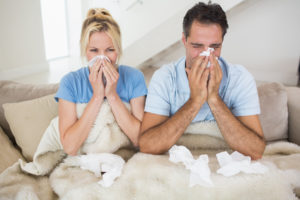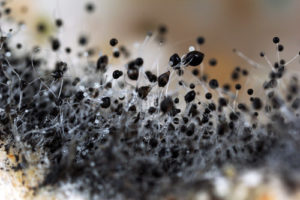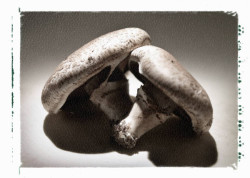Mold – OSHA’s Recognition of the Hazard

Feeling Under the Weather? Mold May be the Cause.
It’s possible that you’ve dealt with mold in your home, so you know what a hazard it can be. However, when there’s mold in the workplace, there seems to be an entirely different set of problems. Historically, some employers have not been very quick in dealing with mold problems, which can cause serious health issues for workers. The good news is that this is changing because of the fact that OSHA is recognizing what a serious hazard mold really is.
Why is Mold So Dangerous?
Warm and moist conditions provide the perfect atmosphere for mold growth. The result is a potentially serious health hazard that requires immediate attention. Mold can result in:
• Nasal stuffiness
• Irritations to the eyes
• Allergic reactions
• Wheezing
• The onset of asthma attacks
OSHA recently released a document detailing the hazards and dangers of mold, so if it’s affecting your workplace then something needs to be done quickly.
Treating Mold Problems the Right Way
Preventative measures can and should be taken to keep mold problems at bay. However, this isn’t always the case. Oftentimes, once mold is discovered, the problem is already out of hand, and it simply cannot be dealt with properly without professional intervention.
There’s a common misconception that in order to properly treat mold, the walls need to be ripped out and new walls put in. This isn’t necessary in most cases. By using the right type of treatment, mold can be eradicated and prevented from reoccurring.
Have you discovered mold in the workplace? If so, Stern Mold can help. Contact us today and we’ll remedy your problem in as little as one day.


